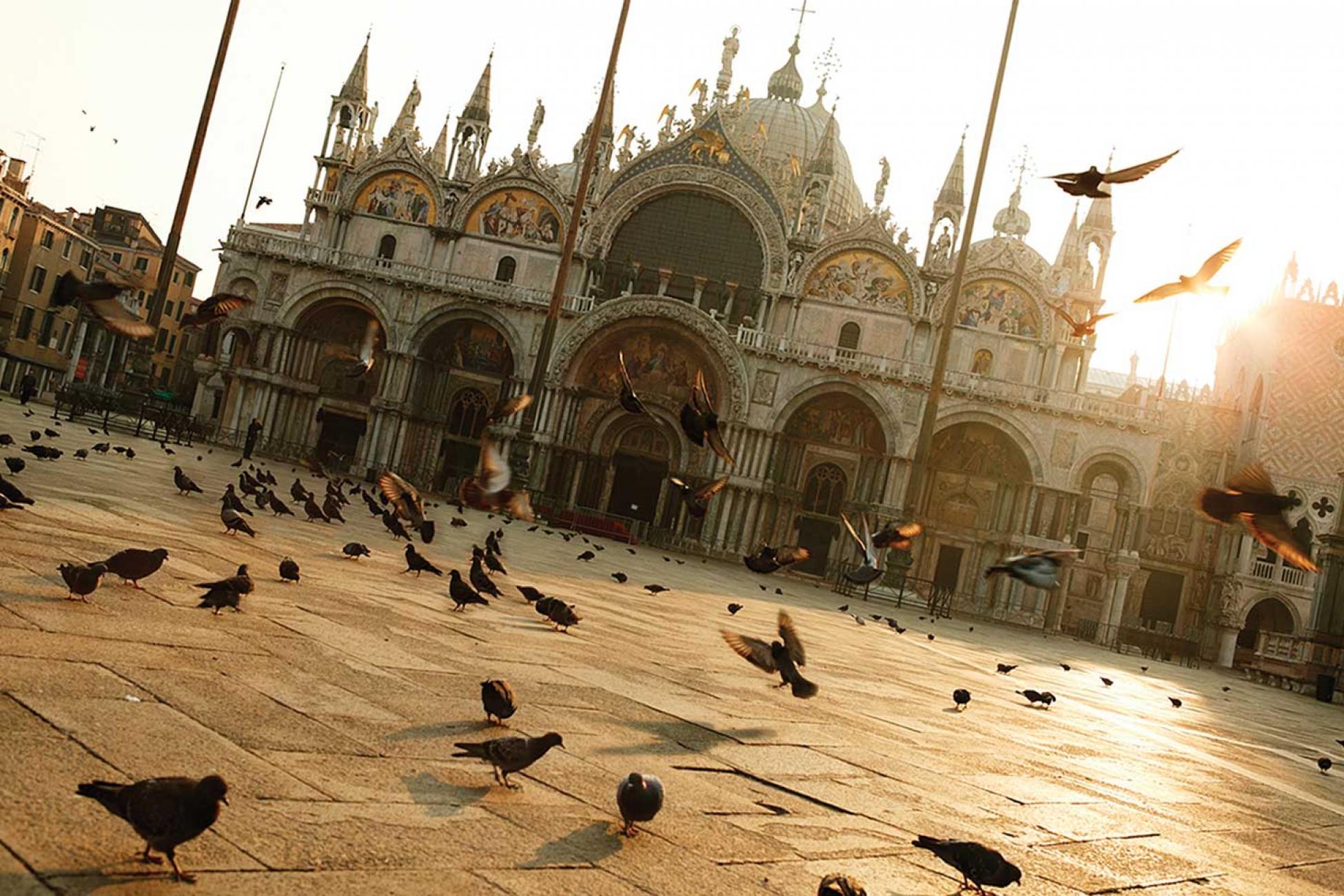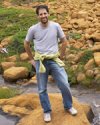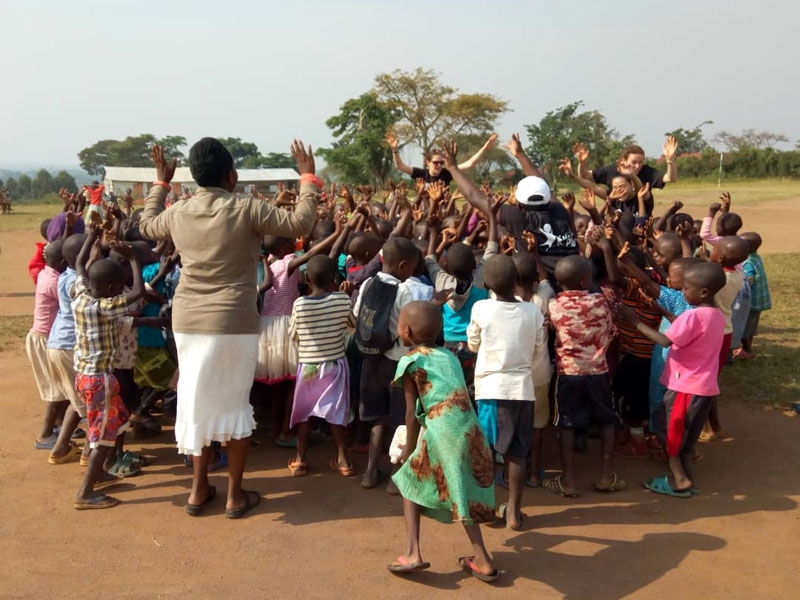Finally, you’re here! You’ve been navigating an exotic city’s streets for the last few hours, map in hand; or perhaps you’ve been hiking all morning and have finally reached the summit; or maybe it’s the end of an amazing day filled with new friends and laughter. You dig into your pack and pull out your camera. We all want to capture moments like these in photographs, but how do you create something that is more than a snapshot?
I often get asked what makes a good photo. I don’t usually get into things such as composition rules and the like, because I think one’s enjoyment of a photo is pretty subjective stuff. That being said, here are a few things I consider when making an image.
Simplify
The first thing I do is think about what I want to photograph. Right about now you’re thinking, “Thanks for the tip, Photo Genius!” Seriously, though—I slow myself down and try and figure out what it was about this particular scene or moment that made me stop and take out my camera. Was it the sheer scale of the landscape? The textures and colours of a farmer’s market? The quality of the light on a friend’s face? Once I make a decision on what the subject of my photograph is, then I can make decisions on how to draw attention to it.
My primary technique is to simplify. As I look through the viewfinder, I zero in on the subject and remove everything that distracts from telling my story or showcasing my subject. Get in close and fill your frame with only the necessary elements. When I first started taking photos I found that using a tripod was an excellent way to teach myself to do this. The process of selecting a location and picking a height to shoot from encouraged me to really look around my frame and distil my image down to its most basic elements.
Emphasize
Next I work on finding a way to draw attention to my subject. When shooting a landscape, try placing the horizon line low in the frame if you want to emphasize an amazing cloud formation, or high in the frame if the dramatic foreground is more important to you. Traditionally this is referred to as the “rule of thirds”—dividing your frame into thirds and placing graphic elements on these cross sections. It helps give weight to your subject, and makes it more dominant in the photo.
We all want to capture unique moments in photographs, but how do you create something that is more than a snapshot?
Diagonal lines leading towards the subject can help lead the viewer’s eyes in the right direction. Same goes for using other objects in the photo to frame your subject. Try experimenting with different camera angles and points of view. Shooting up at or down on a subject can often produce a very different and often dynamic image.
If you’re having trouble conveying a sense of scale to an incredibly vast subject, such as a monument or landscape, experiment with adding people to the image. I often find my composition and wait until the right ‘red jacket’ or ‘man with an umbrella’ walks through the shot.
If I’m photographing a person I’ll try and keep the background as simple and clean as possible in order to hold the viewers attention on my subject’s face. However, I’ll include much more of the location if it helps to tell the story of who this person is, or adds visual interest.
Light it up
Often the predictable image is nowhere near my favourite. Remember composition rules are meant to be broken as well.
Another important element is the quality of light. Shooting near sunrise or sunset is referred to as magic hour. It’s time with a wonderful, warm, directional quality of light that will enhance any image. When planning my day, I often shoot early in the morning and use the mid-day time to travel, eat, whatever. I then go back to shooting during the sunset and evening light. Don’t hide during the bad weather either—rainy days can yield some impressive results. The rain can produce deep saturated colours, dramatic clouds, and beautiful reflections. Overcast skies don’t make for great landscapes, but the soft light is wonderful for portraits of travelling companions, whereas bright, hot, sunshiny days usually cause people to squint in photos. The bottom line is if you start making yourself aware of the changing quality of light throughout the day, your images will definitely start to improve.
Lastly, I take lots of photos. I shoot one way, then the other. I’ll shoot in direct sun, then walk around the subject and shoot with the sun backlighting it. If I have time, I’ll revisit the same place at different times of day. I get the wide shot as well as the close-up details. Only by making lots of images will you find out what works and what doesn’t. Often the predictable image is nowhere near my favourite. Remember composition rules are meant to be broken as well.




